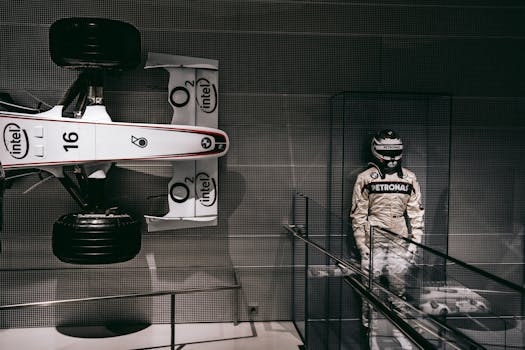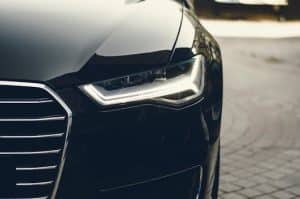Cross-Species Design: Animal Locomotion in Vehicle Engineering
Are you tired of being stuck in traffic, or struggling to navigate rough terrain? Look no further than nature for inspiration. Over the years, humans have been fascinated by animal locomotion and have used it as a reference for designing various vehicles. This concept, known as cross-species design, has led to the development of innovative and efficient vehicles. In this article, we will delve into the world of cross-species design and explore how animal locomotion has influenced vehicle engineering. So buckle up and get ready to explore the fascinating relationship between animals and vehicles.
The Concept of Cross-Species Design
Cross-species design is the process of studying and imitating the structures, movements, and functions of animals to develop new engineering solutions. It is a multidisciplinary approach that combines biology, biomechanics, and engineering principles to solve complex problems. Through this approach, engineers are able to create vehicles that are more energy-efficient, aerodynamic, and adaptable to different environments.
One of the main reasons for adopting cross-species design is the principle of “form follows function.” Animals have evolved over millions of years to perfectly adapt to their environments and perform specific tasks. By studying their anatomy and movements, engineers are able to design vehicles that are perfectly adapted for their intended purposes.
Animal Locomotion: The Key to Efficient Vehicles
Animal locomotion, or the ability to move from one place to another, has always been a source of fascination for humans. From the powerful strides of a cheetah to the gliding flight of a bird, animals have evolved unique and efficient ways of moving. By studying these different forms of locomotion, engineers have been able to develop vehicles with improved performance and functionality.
Aerial Locomotion and Aircraft Design
When it comes to aerial locomotion, birds have been a major source of inspiration for aircraft design. In particular, the streamlined body and wings of birds have influenced the design of modern aircraft, making them more aerodynamic and fuel-efficient. For example, the shape of the wings of the Boeing 787 Dreamliner was inspired by the wings of the Albatross bird, which is known for its long-distance flights.
Terrestrial Locomotion and Vehicle Suspension
On the ground, animals like horses and cheetahs have inspired the design of vehicle suspension systems. The anatomy of these animals, in particular their limbs and muscles, has served as a model for developing suspension systems that can effectively absorb shock and maintain stability on rough terrain. This has been especially beneficial in off-road vehicles and trucks.
Marine Locomotion and Submarine Design
The underwater world is vast and largely unexplored, making it a rich source of inspiration for engineers. Marine animals, such as dolphins and sharks, have influenced the design of submarines and underwater vehicles. Their streamlined bodies and efficient swimming techniques have been applied to the design of submarines, making them faster and more maneuverable underwater.
The Future of Cross-Species Design in Vehicle Engineering
With advancements in technology and a growing understanding of animal locomotion, the potential for cross-species design in vehicle engineering is limitless. Engineers are constantly studying different animals and their movements to develop new and improved designs for vehicles. This has led to innovative concepts such as the “flapping-wing” aircraft, which mimics the flight of birds, and the “bio-inspired” car, which imitates the structure and movement of a cheetah.
In addition to improving vehicle performance, cross-species design also has significant environmental benefits. By creating more energy-efficient vehicles, we can reduce our carbon footprint and contribute to a greener and more sustainable future.
Conclusion
The concept of cross-species design has revolutionized the way we think about vehicle engineering. By harnessing the power of nature, engineers have been able to develop vehicles that are more efficient, adaptable, and sustainable. From aircrafts to submarines, the influence of animal locomotion can be seen in various modes of transportation. As we continue to study and learn from nature, the possibilities for cross-species design in vehicle engineering are endless.
So the next time you’re driving or flying, take a moment to appreciate the wonders of cross-species design and how animals have inspired the vehicles we use every day.








